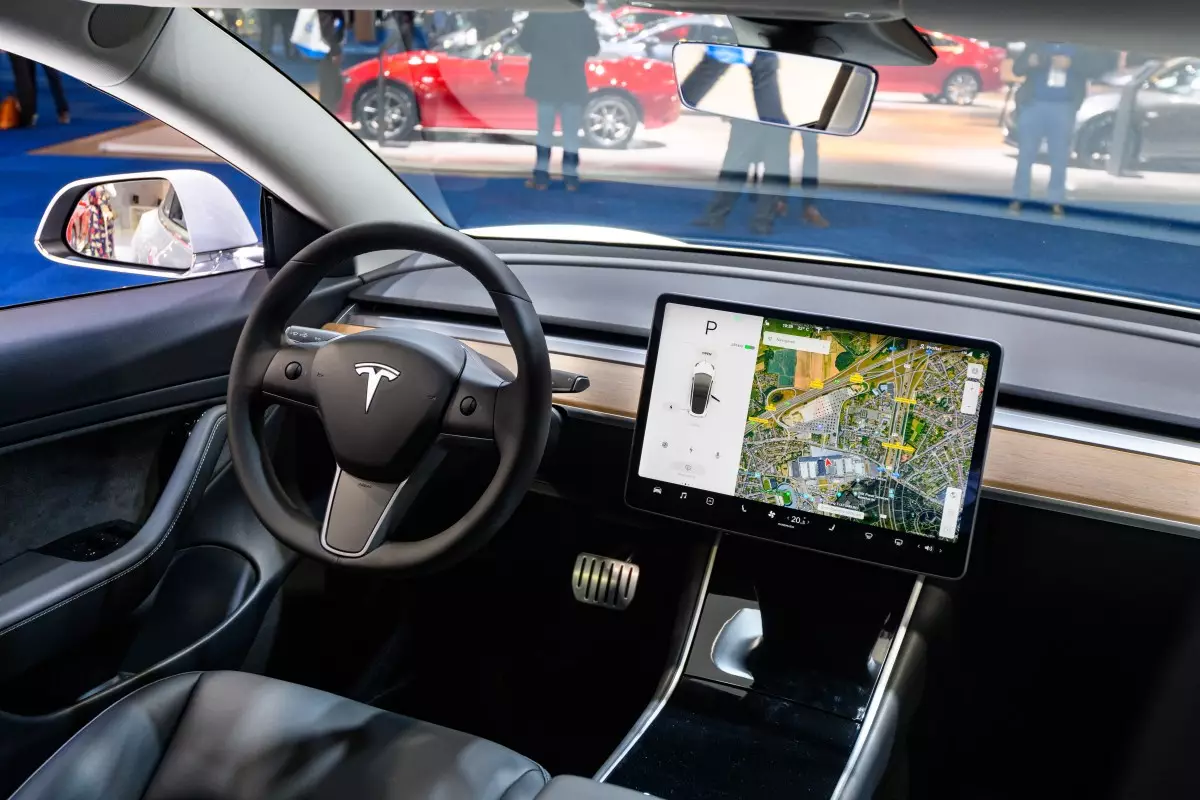Tesla’s recent announcement regarding its vision for robotaxis and an “unsupervised” Full Self-Driving (FSD) system has generated substantial excitement, showcasing CEO Elon Musk’s relentless drive toward innovation. Musk indicated plans to roll out an unsupervised version of the FSD technology in states like Texas and California by 2025, specifically targeting the Model 3 and Model Y vehicles. Additionally, he projected the beginning of production for robotaxis—vehicles designed without traditional driver controls such as steering wheels and pedals—by 2026 or 2027. However, the feasibility of these ambitious timelines raises eyebrows and poses significant regulatory hurdles.
Unpacking Unsupervised Full Self-Driving
The term “Full Self-Driving” suggests a level of autonomy that Tesla’s current technology has not yet achieved. While the FSD system can perform selective driving tasks along urban and highway environments, it still necessitates human oversight. Following misconceptions regarding its capabilities, Tesla opted to rebrand the technology from “FSD Beta” to “FSD Supervised.” This repositioning reflects the reality that a human operator must remain alert and ready to take control when called upon.
Musk’s vision of an “unsupervised FSD” offers a two-fold interpretation. It could either refer to a completely autonomous Level 4 system operating under specific conditions, or a Level 3 system akin to what Mercedes and General Motors are developing, where a human must periodically intervene. As we consider Tesla’s upcoming plans, it is critical to recognize that the deployment of either system remains entangled with a complex web of regulatory approval.
Regulatory frameworks for autonomous vehicles differ sharply between Texas and California, profoundly impacting Tesla’s roadmap. Texas offers an environment perceived as more lax when it comes to autonomous vehicle deployment. The state’s regulations primarily stipulate that vehicles must comply with existing traffic laws and possess sufficient insurance coverage, ultimately providing an avenue for rapid FSD deployment. Musk’s confidence may stem from the comparative ease of navigating Texas’s regulatory environment, where the approval process could be minimal, allowing Tesla to update its software remotely without significant oversight.
Conversely, California’s stringent regulatory landscape complicates Tesla’s ambitions. Tesla currently holds a drivered testing permit, allowing it limited capacity to trial autonomous technology on public roads with a human driver present. To transition to an unsupervised system, Tesla would require comprehensive application processes for both driverless testing and a commercial deployment permit, particularly if it aims to operate at a Level 4 autonomy level similar to that of Waymo.
The potential mass production of Tesla’s robotaxi precipitates a multitude of safety and regulatory implications. Since these vehicles are designed without traditional control measures, Tesla must navigate federal motor vehicle safety standards (FMVSS) that can stymie rollouts of such innovative technology. Historically, the National Highway Traffic Safety Administration (NHTSA) has only granted exemptions to very select autonomous vehicles, leaving Tesla at a standstill unless they can successfully petition for similar allowances.
With the NHTSA expected to introduce new regulatory frameworks for driverless vehicles, including aspects as fundamental as windshield wipers, Tesla’s timeline appears increasingly uncertain. Rising to the challenge of formulating operational guidelines for vehicles devoid of human inputs presents an intricate task. Investors and stakeholders alike remain skeptical about Musk’s commitments to timelines established without clear strategies to overcome known regulatory barriers.
Tesla’s recent event left investors in a state of trepidation, as the combination of lofty goals and unclear regulatory pathways raises questions about the company’s capability to deliver. Musk’s prior over-promises, including claims of having a million robotaxis on the road by 2020, add to this skepticism.
To galvanize investor confidence, Tesla must not only underscore advancements in its autonomous technology but also provide transparently detailed strategies concerning compliance with regulatory frameworks. Investors will closely monitor Tesla’s initiatives in the coming years, but without decisive movements towards localized approvals and demonstrable regulatory compliance, the full realization of Musk’s vision may remain an elusive goal.
While Tesla’s ambition to release an unsupervised FSD and produce robotaxis signifies a bold stride into the future of autonomous transportation, significant hurdles remain. The juxtaposition of Musk’s optimistic projections against the practical realities of regulatory compliance presents a complex dilemma. Whether this vision will materialize in the stated timelines hinges on Tesla’s ability to adeptly navigate these multifaceted challenges, shedding light on how the evolution of autonomous driving technology will unfold in the years to come.

